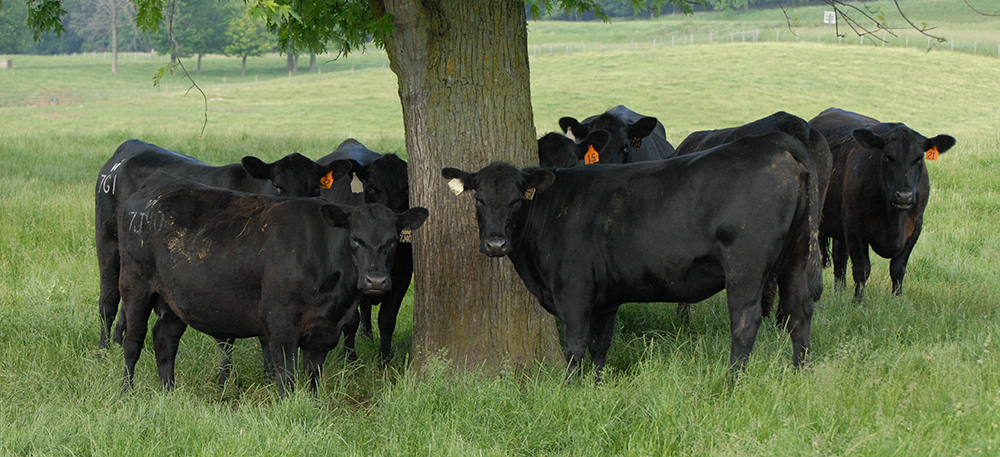
Managing Heat Conditions is Important for Cattle Comfort and Efficiency
Minimize heat’s negative effects on your cattle with these tips.
Kansas State University (K-State) Research and Extension Beef Veterinarian A.J. Tarpoff says temperature, humidity, wind speed and solar radiation all affect cattle. Producers do need to watch daytime temperatures; however, Tarpoff says, nighttime temperatures are just as important in preventing heat stress.
“They really need about six hours of nighttime cooling to dissipate the heat load they accumulated during the day,” Tarpoff explains.
A forecasting tool he recommends is the Kansas Mesonet, a weather data library provided online by K-State Research & Extension. It compiles information from weather stations across the state. In the menu, browsers can select “Heat Index” from the “Weather” menu and “Animal Comfort” under the “Agriculture” menu.
To minimize the amount of heat stress on cattle, Tarpoff advises producers to finish all processing or handling work with cattle before 10 a.m. on hot days, and potentially to push feeding times to later in the evening.
“When we feed cattle, they will actually increase their heat load — just from digestion — for the next four to six hours,” Tarpoff says.
He also recommends reducing the stocking load, which increases spacing and allows for better air circulation and easier access to water.
“During the summer months, we want to increase wind speed as much as we can just to be able to dissipate some of that heat load,” he says.
Provide bedding and shade so cattle have a cool place to lay, Tarpoff advises, noting: “Cattle have an immense shade-seeking behavior.”
Tarpoff says water misters should only be used in the morning and evening for evaporative cooling of the pen surface.
“We don’t wet the cattle to cool them during the heat of the day,” he says. “That can be disastrous, because we can actually increase the humidity at the pen level at that time of day.”
Interested persons can also send their questions to Tarpoff at tarpoff@ksu.edu, or contact your local K-State Research and Extension office.
Editor’s note: This article is provided by the K-State Research & Extension news service.



